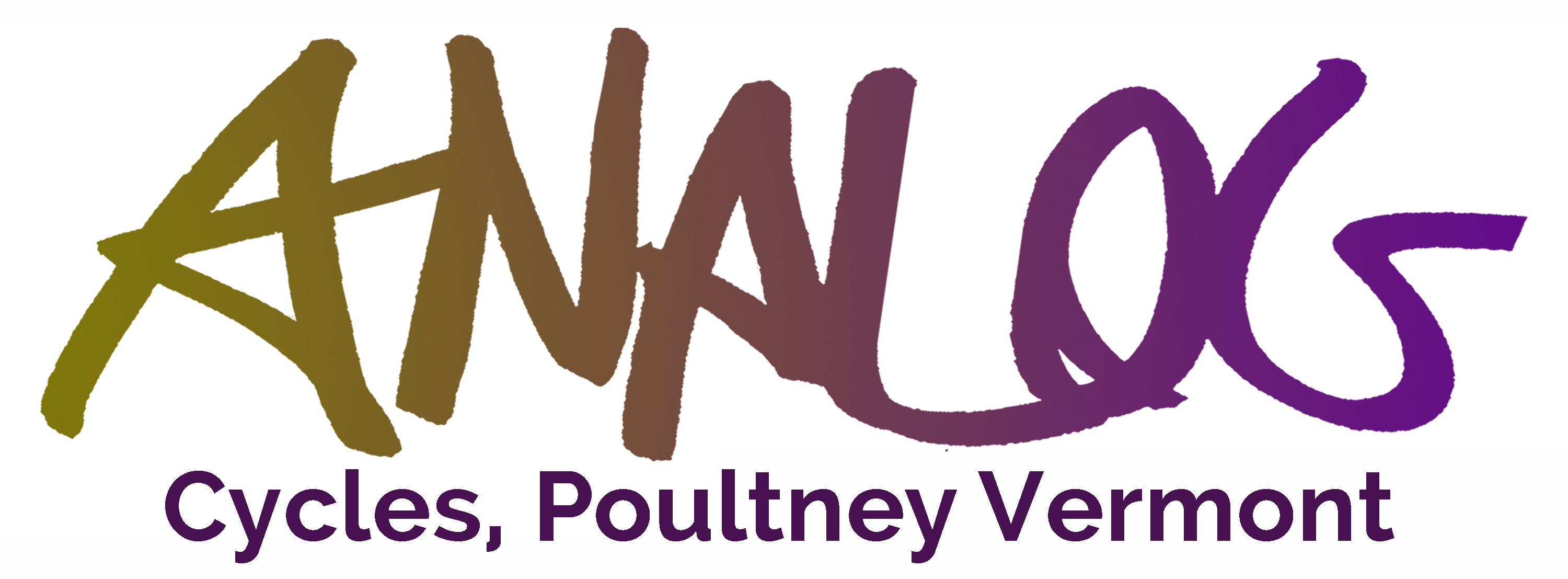Components are of course, subjective and a can of stinkin’ worms. In this tubeless section, we’ll talk about what we here at Analog know, use and trust. It’s a semi short list, but it’s proven to work well. It’s important to talk to your wheel builder (hey that should be us!) before you build anything up. For instance, certain riding styles, tires, and riding locales can require alternatives to what is proposed here. Don’t just look at this list, and say, “Now I know everything Analog knows, I’ll just build a wheel and put a tire on it and it will be perfect!” It might, but let’s make sure, first!
Tires: Make sure you get a tubeless-ready tire. Different manufacturers have different names for this, but they all mean the same thing. Tubeless Compatible, Tubeless Easy (2bliss EZ, obvs), etc. If a tire is not tubeless compatible, that doesn’t necessarily mean it won’t work, but it might not. Tubeless ready tires typically have a smaller diameter tire bead, which makes for a tighter fit on the rim. Additionally, the interior of the tire is made of a rubber that can resist the chemicals in sealant. Some non-tubeless compatible tires will convert, but it is often a pain in the — to make the conversion, and you are not guaranteed success. There are so many good tubeless tires out there now that there is very little reason to take a chance with a non-compatible tire. We’ve been there, done that (and it’s usually not worth it), so you don’t have to.
- Gravel, Road, Touring and Commuting tires: Availability is always changing but as of right this moment, we recommend the Panaracer Gravelking Tires (SK version if there is gunna be more dirt than pavement, and they just released a SS tread that is super smart!), which comes in a range of sizes. We’re also fans of the WTB Horizon and Byway 650b tires, as well as their 700c offerings. These tires offer a good blend of nice ride quality, decently low weight and durability. Are there more supple tires out there? Yes, but for the kind of riding we do, we want a bit more cut protection. If you are running your tires tubeless, you can use less pressure, which results in a nicer riding tire.
